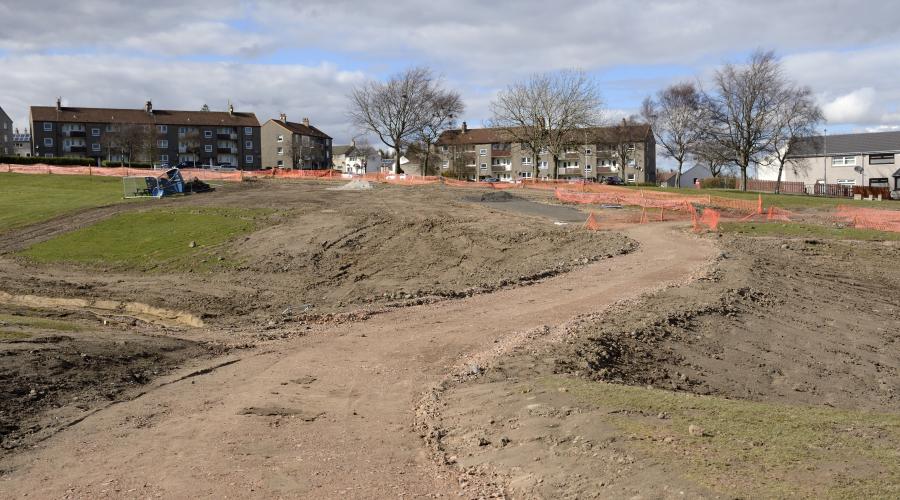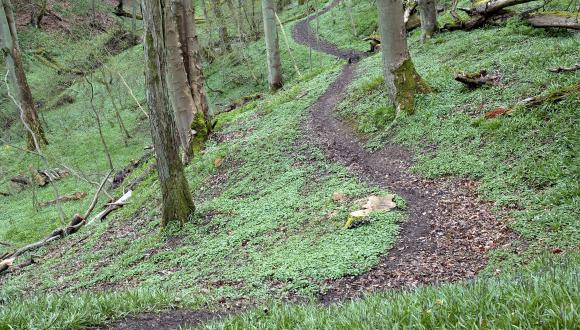
Managers of conservation land and greenspace: relevant policy
Various Scottish and European policy and legislation referring to habitat networks may apply to managers of conservation land and greenspace.
European references
Habitats Directive
Articles 3 and 10 of the Habitats Directive call on member states to improve the ‘ecological coherence’ of Special Areas of Conservation (Natura 2000 sites). This will involve actions within a site and often around its designated area to ensure favourable conditions for species and habitats in the long term.
Article 10 mentions some specific special features that may contribute to ecological coherence: “Such features are those which, by virtue of their linear and continuous structure or their function as stepping stones are essential for the migration, dispersal and genetic exchange of wild species.”
From an ecological point of view, meeting Article 10 isn’t limited to focusing on these specific features. You should consider any features that may improve ecological coherence.
Birds Directive
Article 3 of the Birds Directive refers to the need to undertake conservation actions both within and outside Special Protection Areas (Natura 2000 sites).
Member states should ensure that the “preservation, maintenance and re-establishment of biotopes and habitats shall include the following measures: (b) upkeep and management in accordance with the ecological needs of habitats inside and outside the protected zones”.
Scottish references
Nature Conservation Act
This is relevant to you if a public body owns or manages the conservation land or greenspace you work on.
The Nature Conservation (Scotland) Act 2004 places a specific duty on all public bodies to further the conservation of biodiversity and to consider Scotland’s Biodiversity: It’s In Your Hands.
Among other things, the 2004 strategy aims to achieve by 2030 a landscape where: “Organisms can move, feed, reproduce and disperse effectively, and are better able to adapt to changing circumstances of land use and climate change.”
Scottish Planning Policy
The Scottish Planning Policy (2014) states that the planning system should “seek benefits for biodiversity from new development where possible, including the restoration of degraded habitats and the avoidance of further fragmentation or isolation of habitats”.
And in relation to woodland specifically: “If a development would result in thesevering or impairment of connectivity between important woodland habitats, workable mitigation measures should be identified and implemented, preferably linked to a wider green network”.
Scottish Forestry Strategy
Outcome 3 of The Scottish Forestry Strategy (2006) states that one aim is to “promote a landscape-scale approach to habitat networks” to help protect and enhance biodiversity.
This national strategy is the starting point for regional forestry strategies and their associated implementation plans.







